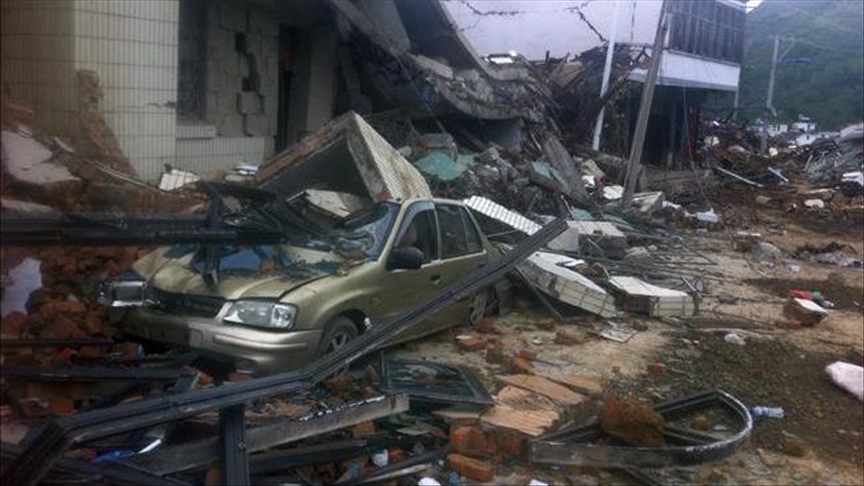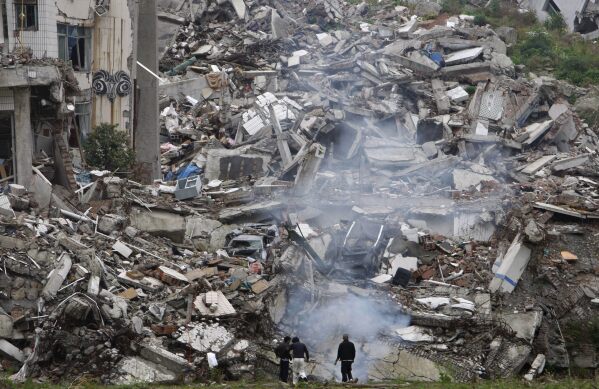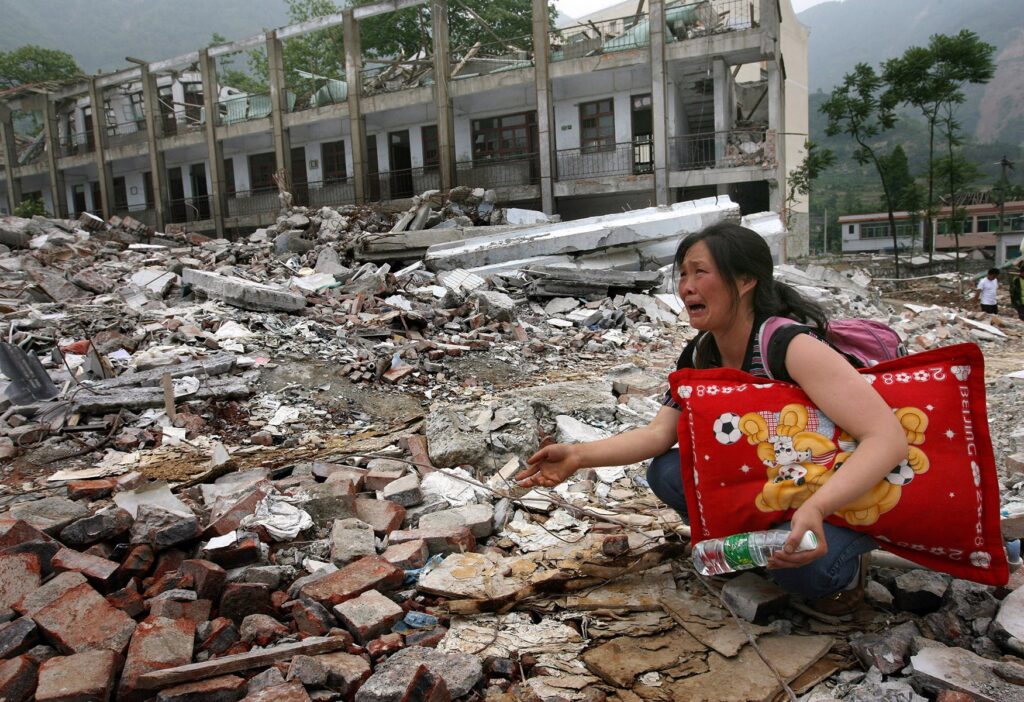In China, Chinese state media reported a magnitude 7.1 earthquake struck the Kyrgyzstan-Xinjiang border region on January 23 with reports of several injuries and collapsed houses.
The China Earthquake Networks Center said the quake hit Wushu county in Aksu prefecture shortly after 2am local time, according to the state-run Xinhua press agency and about 200 rescuers were dispatched to the epicenter.
Six people are reported to have been injured and more than 120 homes have been damaged or collapsed in the freezing cold weather, according to the Associated Press news agency which is citing authorities.
Of the six people hurt, two had serious injuries and four were minor. In addition, 47 houses collapsed, 78 houses were damaged and some agricultural structures collapsed, the government of the Xinjiang Uygur Autonomous Region posted on its official Weibo account.This seismic event of 7.2 magnitude shook Southern Xinjiang, China, causing tremors in Delhi-NCR which was Confirmed by the National Center for Seismology.

Strong tremors caused two houses to collapse and downed two major power lines near the epicenter, though electricity was quickly restored, according to Xinhua.
The Xinjiang railway authority immediately sealed off routes in areas affected by the quake and suspended 27 trains, Xinhua reported.
Three people were hospitalized in a township 26 kilometers (16 miles) from the epicenter, state broadcaster CCTV reported. A child was rescued from the rubble of their house in that township, the broadcaster said.
China 7.2 Maginitude Earthquake Crises :-
Nearly 200 rescue workers have been dispatched to the quake zone, and hundreds more are being assembled, Xinhua reported.
More than 50 aftershocks above magnitude 3 were reported as of 11 a.m. Tuesday, according to the state-run China Earthquake Networks Center.

The quake’s epicenter is a remote, mountainous and sparsely populated area at an altitude above 3,000 meters (9,842 feet), CCTV said.
Five villages are located within a radius of 20 kilometers from the epicenter, which is about 50 kilometers from Wushi county’s main urban area, Xinhua reported.
Wushi county has a population of 205,000 people, according to China’s latest census in 2020.
Heavy tremors were felt in cities hundreds of miles away, including the Silk Road oasis of Kashgar and Hotan in southern Xinjiang.
The epicentre is Uchturpan County, where temperatures have plummeted, reaching lows of negative 18 degrees Celsius (just below zero Fahrenheit), as forecasted by the China Meteorological Administration. This week, frigid temperatures have affected various parts of northern and central China, leading authorities to close schools and highways multiple times due to snowstorms.
Rescue workers prepare to take a flight to Aksu, Xinjiang from Beijing Capital International Airport in Beijing on Tuesday, Jan. 23, 2024. A strong earthquake struck a sparsely populated part of China’s western Xinjiang region early Tuesday, knocking out power and destroying at least a few homes, local authorities and state media reported. No fatalities have been reported.
The Xinjiang railway department immediately stopped operations and 27 trains were reportedly affected by the earthquake, Xinhua said.
China’s Earthquake Administration said it immediately activated emergency response services in conjunction with the Office of the Earthquake Relief Headquarters and the Ministry of Emergency Management, dispatching a group to guide local rescue efforts.
China’s Ministry of Emergency Management said several departments coordinated relief efforts, providing cotton tents, coats, quilts, mattresses, folding beds and heating stoves, Xinhua said.
Over the past 24 hours, Xinjiang has been struck by a few sizeable earthquakes

Chandeliers swung, buildings were evacuated and a media office building near the epicenter shook for a full minute, the official Xinhua News Agency reported. A video posted by a Chinese internet user on Weibo showed residents standing outside on the streets bundled in winter jackets, and a photo posted by CCTV showed a cracked wall with chunks fallen off.
Earthquakes are common in western China, including in Gansu, Qinghai, Sichuan and Yunnan provinces, as well as the Xinjiang region and Tibet.
A 6.2 magnitude earthquake that struck Gansu in December killed 151 people and was China’s deadliest quake in nine years. An earthquake that hit Sichuan in 2008 killed nearly 90,000 people. The collapse of schools and other buildings led to a yearslong effort to rebuild using more quake-resistant materials.
